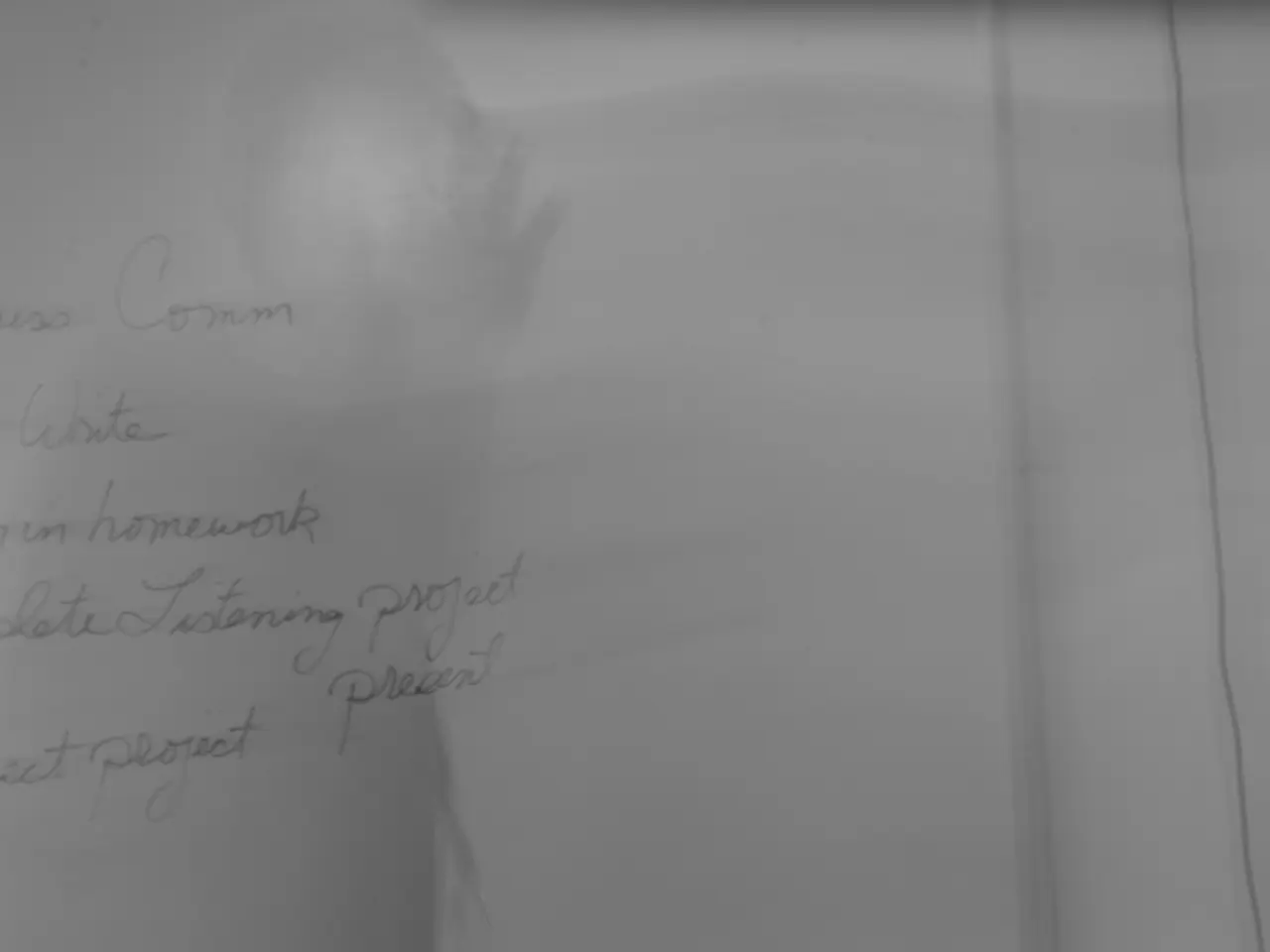Streamlining Disorder: A Straightforward Approach to Organizing Chaos
The One-Touch Rule is a simple yet effective strategy that can help neurodivergent individuals manage their tasks more efficiently, reduce cognitive load, and improve their emotional well-being. This rule involves addressing a task or item only once—when it's first encountered—rather than repeatedly revisiting it later.
By minimizing the need to switch attention or keep track of unfinished tasks, the One-Touch Rule helps neurodivergent people, who often experience challenges with executive function, organization, and sustained focus, to stay more organized and reduce overwhelm.
The One-Touch Rule Thrives on Simplicity
The One-Touch Rule thrives on a few simple principles: making intentional choices, handling items immediately, zero procrastination, and small actions leading to big results. This strategy can be applied to both physical and digital spaces.
In physical spaces, the rule can be used to handle items once and place them where they belong, starting with high-traffic zones, setting up designated spaces, and breaking tasks into mini-tasks. For digital spaces, it can be applied to emails, saving files in the correct folder, and using productivity tools to manage tasks.
Overcoming Common Barriers
Dealing with Perfectionism can be a challenge when implementing the One-Touch Rule. To overcome this, it's important to shift focus to progress, set time limits, and break down big goals into smaller steps. Managing Time Blindness can be addressed by making time visual, scheduling "touch tasks," and setting reminders.
Creating External Supports can also be beneficial. Using checklists, accountability partners, and automating where possible can help to reduce the mental energy required to manage tasks. Visual Reminders, such as storing tools in transparent containers or labeling drawers and shelves, can also help with organization.
Building a System That Works for You
The One-Touch Rule is not about changing who you are, but building a system that works with you, not against you. By adopting this strategy, you'll create spaces and routines that support how your mind works. Start small, celebrate progress, and remember: it's not about perfection, it's about building habits that make things a little easier, one touch at a time.
References
[1] Neurodiverse Learning: Strategies for Success in School and Beyond by Joanne Koenig-McGuire and Ellen B. Braaten.
[2] The One-Touch Rule: The Secret to Simplifying Your Life by Marla Cilley.
[3] Driven to Distraction: Recognizing and Coping with Attention Deficit Disorder from Childhood Through Adulthood by Edward M. Hallowell and John J. Ratey.
[4] The Complete Guide to Asperger's Syndrome by Tony Attwood.
- The One-Touch Rule, effective for neurodivergent individuals, is built on principles such as making intentional choices, handling items immediately, and minimizing procrastination.
- Women, especially those who are neurodivergent, can greatly benefit from the One-Touch Rule in managing tasks, reducing cognitive load, and improving emotional well-being.
- When implementing the One-Touch Rule, addressing perfectionism is crucial, focusing on progress, setting time limits, and breaking down big goals into smaller steps is recommended.
- Time Blindness, a common challenge for some, can be managed by making time visual, scheduling 'touch tasks', and setting reminders.
- Courses on health-and-wellness, fitness-and-exercise, mental-health, and lifestyle can provide additional support for those looking to build habits or systems based on the One-Touch Rule.
- In physical spaces, the One-Touch Rule can help by handling items once, placing them where they belong, starting with high-traffic zones, and breaking tasks into mini-tasks.
- For digital spaces, the One-Touch Rule can be applied to emails, saving files in the correct folder, and using productivity tools to manage tasks efficiently.
- By adopting the One-Touch Rule, individuals can create spaces and routines that support their unique mindset, providing essential organization and reducing overwhelm.
- Decision-making, a crucial aspect of executive function, can be improved through the One-Touch Rule by minimizing the need to revisit tasks and reducing cognitive load.
- Attention, focus, and productivity can all be boosted by implementing the One-Touch Rule, as it helps, neurodivergent individuals, and others to manage their time more effectively according to scientific findings in the field of neurodiversity and time management.





